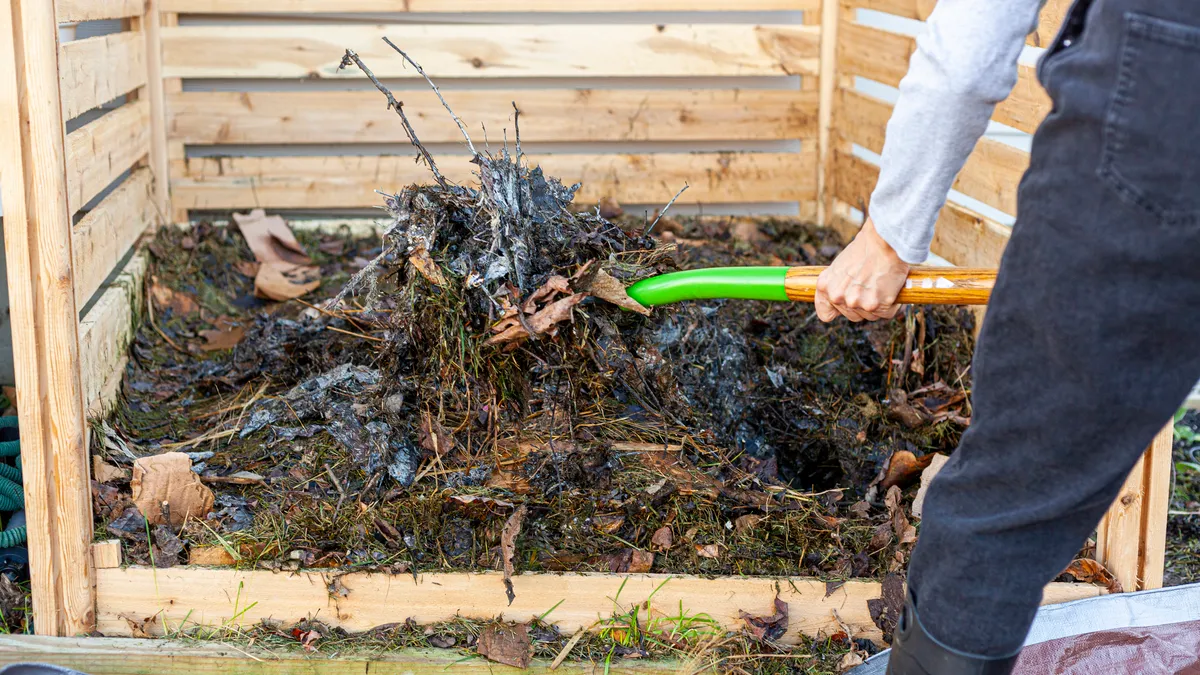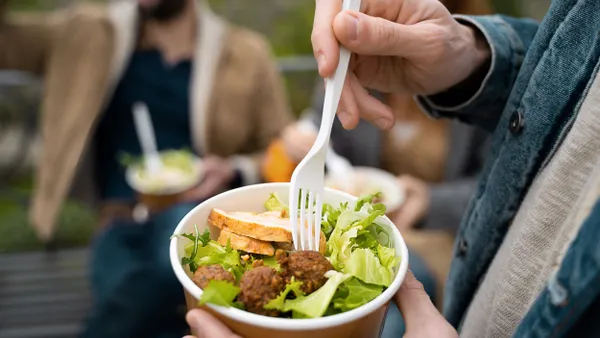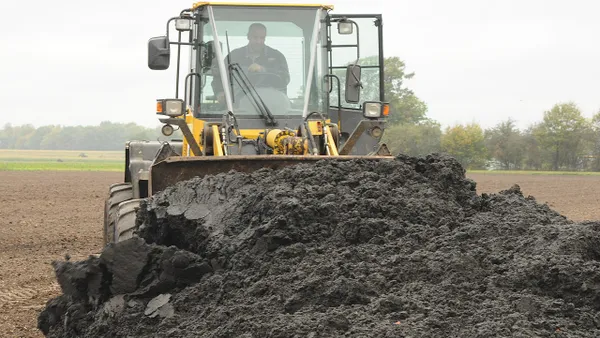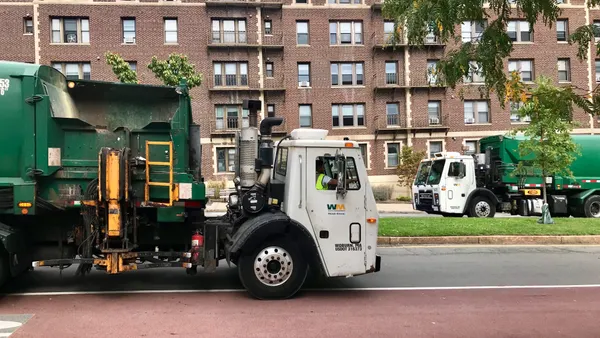A portion of the U.S. EPA’s latest round of funding for recycling projects is going toward several projects that address organics and composting, targeting a key waste stream that is among the most impactful for local governments looking to reduce greenhouse gases from waste.
The agency made its largest investment in waste and recycling infrastructure in decades when it announced recipients of a total of $105 million in funding from the Solid Waste Infrastructure for Recycling grants (SWIFR) program. The SWIFR grants funded a range of projects and went both to local jurisdictions and states.
The types of programs financed by the SWIFR grants include collection infrastructure, MRFs and composting facilities. The latter category will allow municipalities to remove more organics from landfills, through new composting facilities and through organics collection in some cases. Below are a selection of localities with composting projects funded via community grants from the SWIFR program:
Matanuska-Susitna Borough, Alaska
The Matanuska-Susitna Borough, which covers an area in Alaska roughly the size of West Virginia, received a $3.5 million grant to build out a compost program. The borough presently accepts woody debris, grass and leaves at four of its 13 trash and recycling collection sites. It previously brought that material to its Palmer Landfill, where the brush was turned into wood chips.
This year, the borough’s solid waste department has begun adding grass and leaves to the brush and turning the pile. With its grant, the borough plans to prepare a 2.5 acre parcel at the landfill for a compost operation with a capacity of approximately 5,000 tons of feedstock annually. The site will only accept the aforementioned brush, grass and leaves, but over time the borough expects to add in food scraps as well, Solid Waste Division Manager Jeff Smith said.
“The first priority is to establish a renewable composting program that can be maintained into the future,” Smith said in an email. “Then, I would envision collection of food waste through a residential drop off and working with commercial haulers to develop food waste collection from commercial businesses.”
The borough also anticipates upgrading transfer sites in Big Lake, Talkeetna and Willow to bring brush from those facilities to the main facility. Compost will then be distributed back to the transfer stations for community use. Following preliminary construction work already underway, the borough plans to begin construction for the compost area next summer. It expects to be operation by late 2024 or early spring 2025, with the first finished composed coming out in summer 2025.
Iowa City, Iowa
Iowa City, Iowa, received a $4 million grant from the EPA to expand one of the only large-scale composting facilities in the state. The money will go toward both increased capacity and improved equipment, according to a release from the city
The city began curbside organics collection in 2017, but about 20% of the waste entering its Iowa City Landfill is still food waste. Since it began the collection program, the city has seen the total volume rise by about 1,000 tons annually, The Gazette reported.
With the new funding, Iowa City plans to expand the compost facility’s capacity from 15,000 to 20,000 tons per year. It also plans to update equipment. The resulting compost will then be provided to area residents and jurisdictions like Johnson County and Kalona and Riverside, Iowa.
“These funds will enable us to expand and modernize our existing compost facility to better meet the future needs of our growing community,” City Manager Geoff Fruin said in a statement.
Baltimore, Maryland
Baltimore’s Department of Public Works has laid out plans to dramatically revamp its approach to organics as part of the department’s draft 10-year solid waste plan. In it, the department envisions supporting several small-scale composting facilities. The $4 million grant the city received from the EPA will go toward one such facility at the Bowleys Lane Drop-Off Center.
Baltimore set a target to reach 80% diversion of residential food and organic waste by 2040 in a 2018 plan. In 2022, it also set goals to reduce greenhouse gas emissions 30% by 2025 and 60% by 2030. The city’s waste-related emissions were responsible for 10% of its overall emissions in 2020.
Baltimore will likely begin construction on a composting site at the facility, which is also slated for a new transfer station per the plan, in 2025. The solar-powered composting facility is expected to handle 12,000 tons annually, or about 7% of the city’s total organics, according to Zero Waste Manager Sophia Hosain. Hosain said that further investment could essentially double the facility’s capacity.
Chemung County, New York
Elmira, a New York town that has benefited from reinvestment in recent years, will receive a fresh grant infusion from the EPA to expand composting capacity. Chemung County received a $1.7 million grant from the EPA to build a new composting facility on the site of a decommissioned wastewater treatment plant. The facility is intended to divert waste from the county’s landfill. County officials said demand for composting capacity outpaced supply.
In 2018, Elmira was also the recipient of a Restore NY state grant to address blight, which the county also aims to do with this year’s EPA grant. Over the past two years, Elmira has also offered a composting site at its Department of Public Works building where residents can drop off yard waste. The new composting facility will support two to five jobs and benefit disadvantaged communities in a rural area, according to the EPA.













